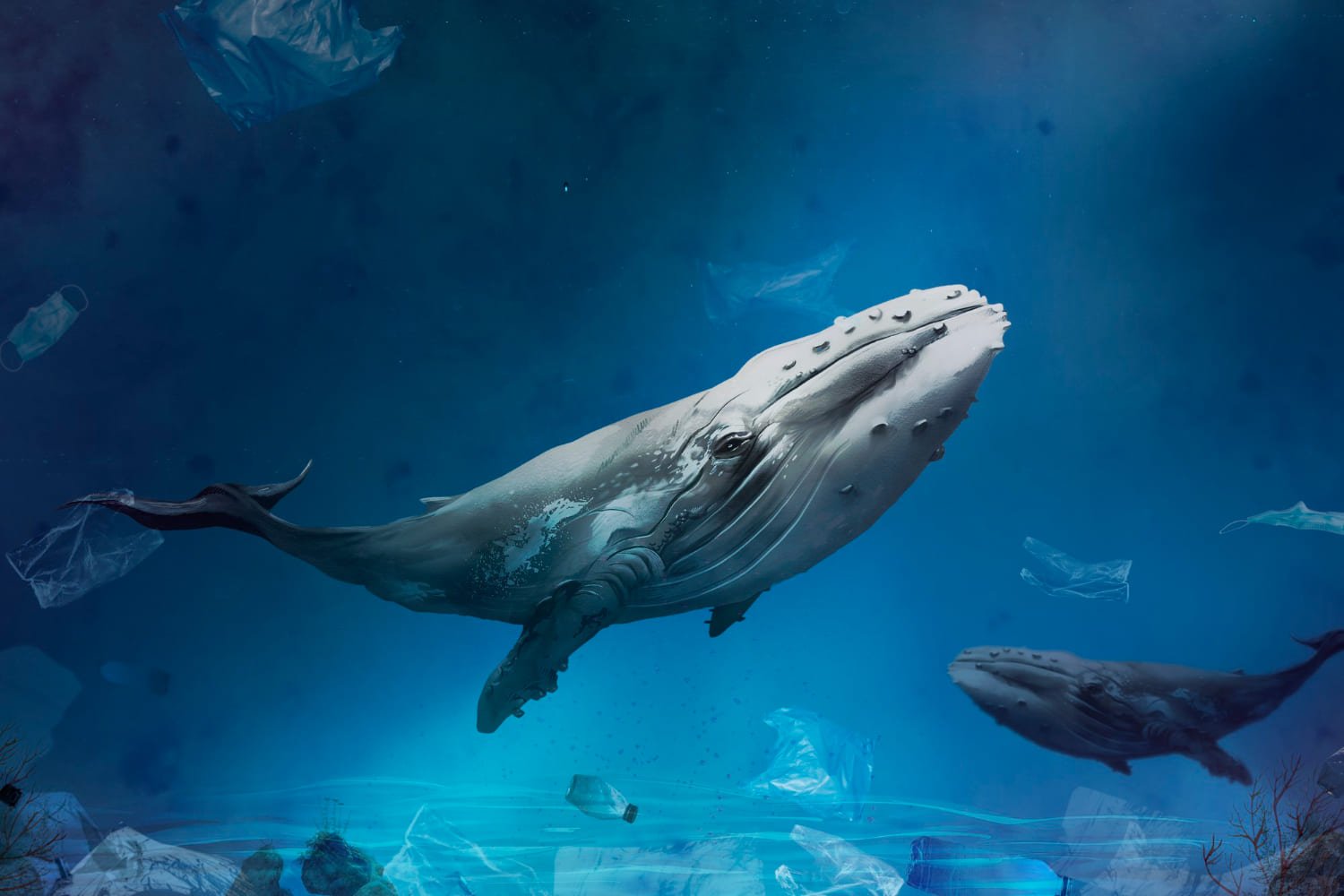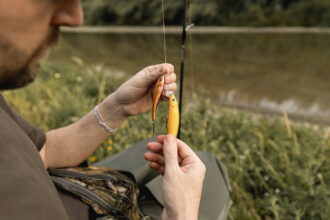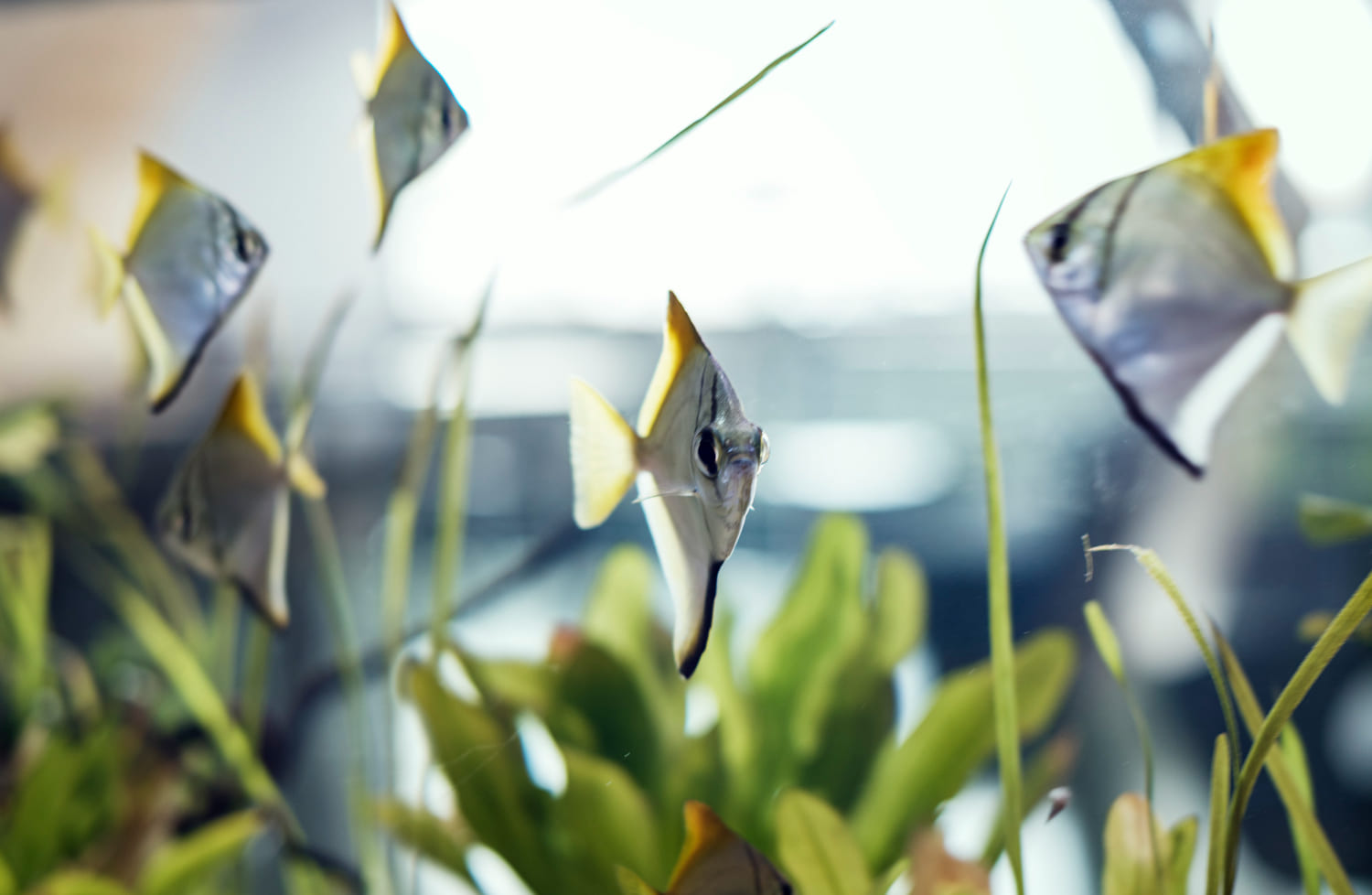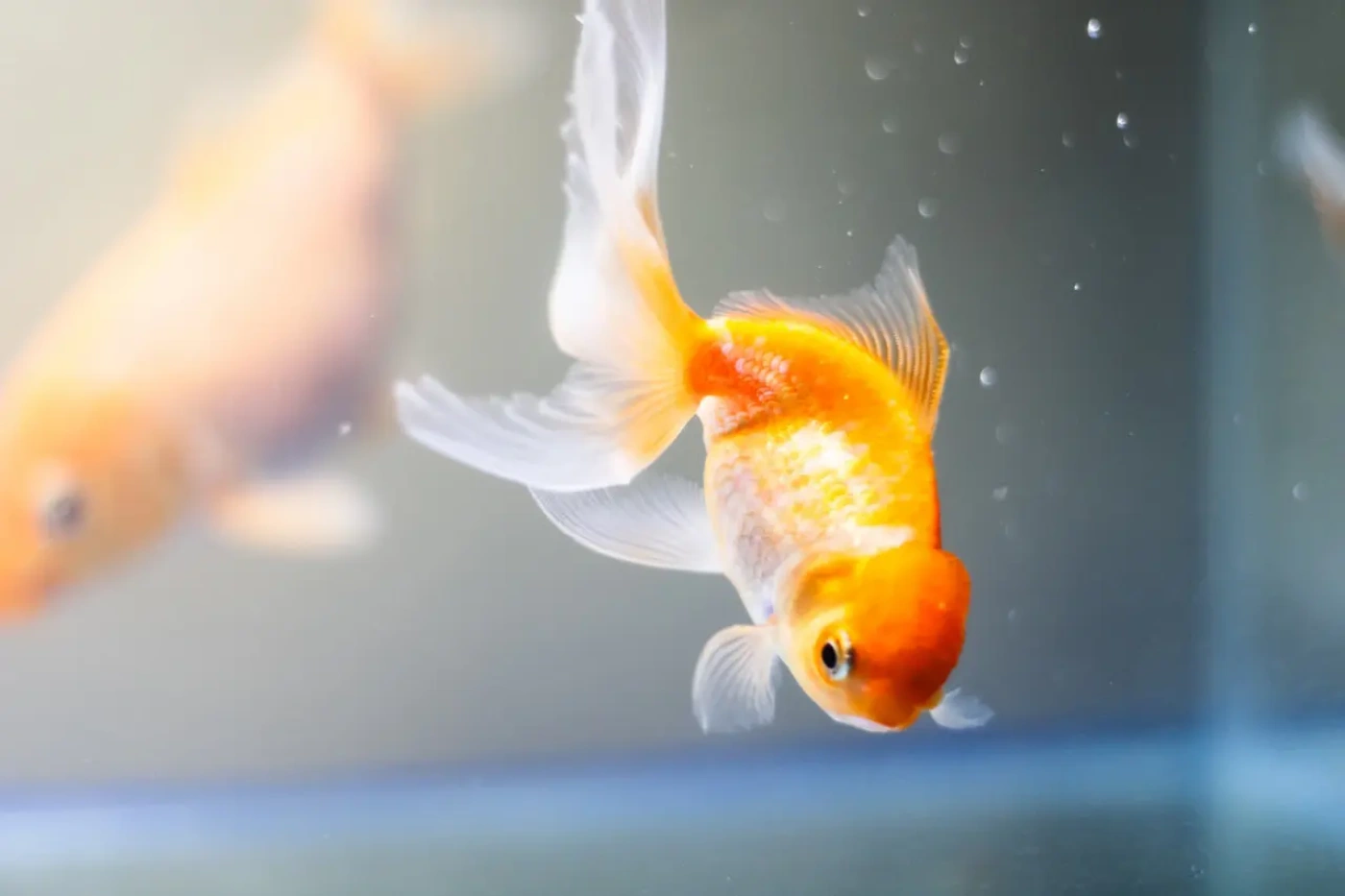In this article, we’ll dive into the world of aquatic animals, exploring their amazing adaptations, behaviors, and importance in our world.
So, grab a snorkel and let’s explore the incredible realm of it !
What are aquatic animals?
Aquatic animals are animals that live in water, such as oceans, seas, lakes, rivers, and ponds.
These animals have adapted to living in water and have evolved a variety of physical and behavioral characteristics to help them survive in their aquatic habitats.
Some examples of it include fish, whales, dolphins, sharks, turtles, crabs, lobsters, octopuses, squid, jellyfish, and many others.
it play important roles in the ecosystems they inhabit
and they are often an important source of food for humans and other animals.
Types of aquatic animals
Aquatic animals can be broadly classified into the following categories:
- Fish: Fish are the most diverse group of it and include over 34,000 known species.
- Mammals: Aquatic mammals are warm-blooded animals that have adapted to life in the water.
- Reptiles: Aquatic reptiles include animals such as sea turtles and crocodiles.
- Amphibians: Aquatic amphibians include animals such as frogs, toads, and salamanders.
- Birds: Aquatic birds include animals such as penguins, pelicans, and seagulls.
- Crustaceans: Crustaceans are a group of aquatic animals that have a hard outer shell and jointed legs.
- Mollusks: Mollusks are a diverse group of aquatic animals that include snails, clams, oysters, and octopuses.
- Invertebrates: Aquatic invertebrates include a wide range of animals that do not have a backbone. They include animals such as jellyfish, sponges, and corals.
The role of aquatic animals in ecosystems
it play important roles in aquatic ecosystems. Here are some examples of their roles:
- Food sources: Many marine animals, such as fish, shellfish, and crustaceans
- are important sources of food for humans and other animals in aquatic ecosystems.
- Predators: marine animals such as:
- sharks,
- dolphins
- and killer whales are apex predators in the food chain and help to maintain the balance of the ecosystem by keeping the populations of their prey in check.
- Nutrient cycling: marine animals, especially fish, contribute to nutrient cycling in aquatic ecosystems by excreting waste and dead organic matter
- which are then broken down and recycled by other organisms.
- Habitat creation: marine animals such as :
- corals,
- oysters,
- and mussels create habitats that support a diverse range of other aquatic species.
- Biodiversity: Oceanic animals contribute to the overall biodiversity of the planet and are essential components of healthy, functioning ecosystems.
- Pollination: Some oceanic animals, such as certain species of fish and shrimp
- play a role in the pollination of aquatic plants.
- Water quality: Many oceanic animals, such as filter-feeders like mussels and clams
- help to improve water quality by filtering out pollutants and excess nutrients from the water.
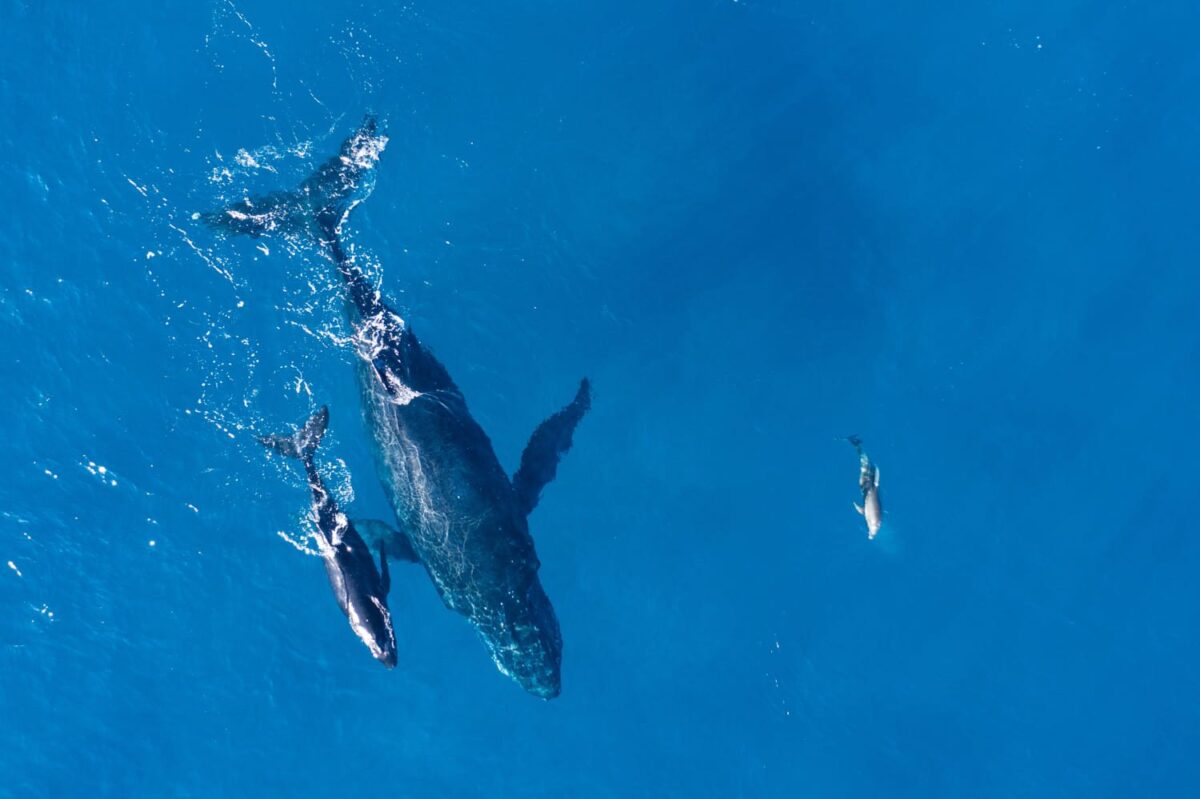
Challenges faced by aquatic animals
Aquatic animals face a range of challenges, many of which are caused by human activities. Here are some examples of challenges faced by aquatic animals:
- Habitat loss: waterborne animals depend on specific habitats for survival
- and habitat loss and degradation are major threats to their survival.
- Overfishing: Overfishing can deplete fish populations and disrupt the balance of it
- Climate change: Climate change is causing changes in ocean temperatures
- currents, and chemistry, which can have serious impacts on waterborne animals.
- Pollution: Pollution from human activities, such as:
- oil spills, plastic waste
- and chemical runoff
- can have serious impacts on waterborne animalsby contaminating their habitats and food sources.
- Invasive species: Invasive species can disrupt aquatic ecosystems by outcompeting native species for resources
- preying on native species, and altering the physical and chemical characteristics of the habitat.
- Water extraction: Over-extraction of water from rivers and other aquatic habitats can alter the flow of water
- reduce water levels, and create changes in water quality, which can negatively impact waterborne animals
- Human disturbance: Human activities such as boating, fishing, and tourism can disrupt the behavior and habitats of aquatic animals
- causing stress and reducing their chances of survival.
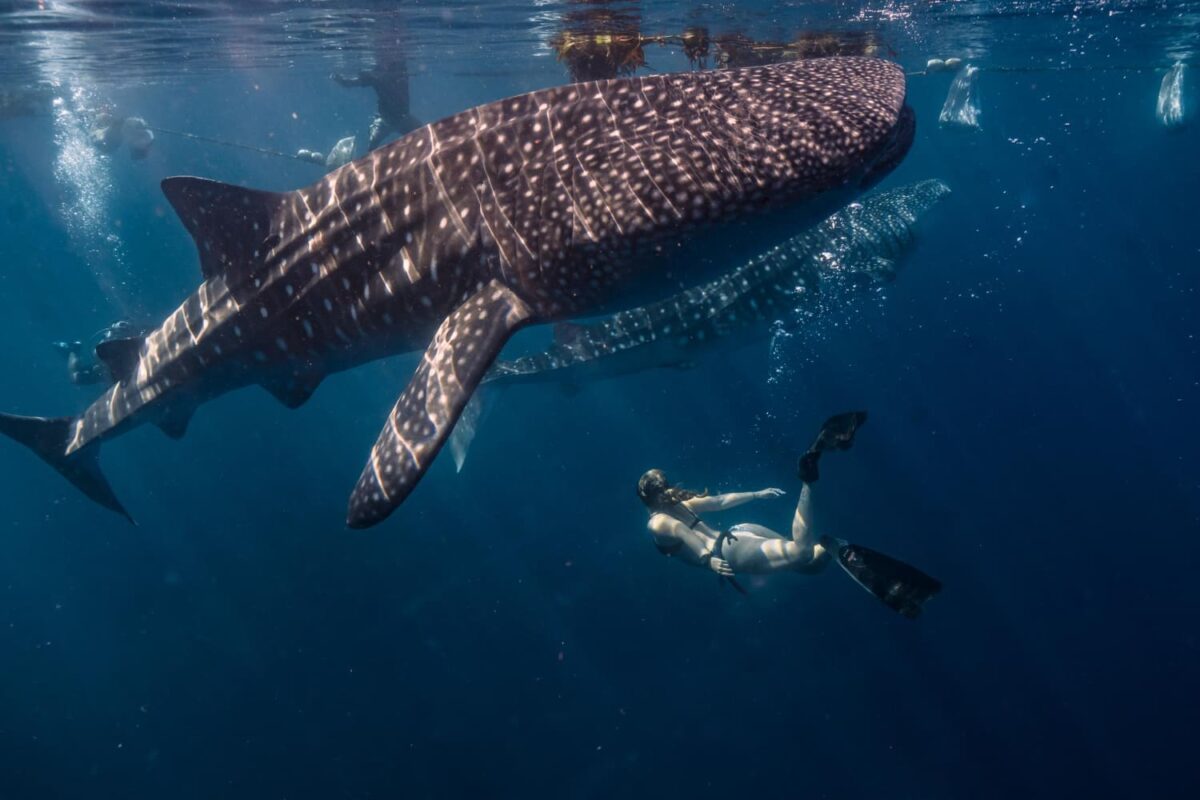
Conservation efforts
Conservation efforts are necessary to protect aquatic animals and their habitats from the various challenges they face.
Here are some examples of conservation efforts that can help to reduce human impact on aquatic ecosystems and protect endangered species:
- Marine protected areas: Marine protected areas (MPAs) are designated areas where human activities such as fishing
- oil exploration, and shipping are restricted or prohibited.
- Sustainable fisheries: Sustainable fisheries are those that are managed in a way that maintains fish populations at healthy levels and minimizes the impact on the ecosystem.
- Reduction of pollution: Efforts to reduce pollution can have significant benefits for waterborne animals and their habitats.
- Habitat restoration: Habitat restoration efforts can help to reverse the damage caused by human activities such as damming of rivers and coastal development.
- Endangered species protection: Endangered species protection efforts can involve measures such as:
- breeding programs,
- habitat restoration,
- and restrictions on human activities in critical habitats.
- Education and awareness: Education and awareness campaigns can help to increase public understanding of the importance of aquatic ecosystems and the need for conservation efforts.
You may also be interested in: What are ornamental fish and their types
The future of aquatic animals
The future of aquatic animals is uncertain and depends on our ability to address the various threats they face.
Climate change, overfishing, habitat loss, pollution, and human disturbance are among the major threats to aquatic animals and their habitats.
It is important to take action to reduce these threats and protect aquatic ecosystems through conservation efforts such as:
- marine protected areas
- sustainable fisheries
- and habitat restoration
Increased education and awareness can also promote sustainable practices and reduce the impact of human activities on aquatic ecosystems.
By taking action to protect the future of aquatic animals, we can help to ensure their continued survival and well-being.
Conclusion
understanding aquatic animals is crucial for the conservation of aquatic ecosystems and the well-being of our planet.
it play important roles in these ecosystems, including as sources of food, predators, and contributors to nutrient cycling, habitat creation, and biodiversity.
However, it face a range of threats, many of which are caused by human activities.
It is therefore essential that we work to reduce these threats through conservation efforts
such as :
- marine protected areas
- sustainable fisheries
- habitat restoration
- pollution reduction
- and endangered species protection.
By taking action to protect aquatic animals and their habitats
we can help to ensure a sustainable future for our planet.




